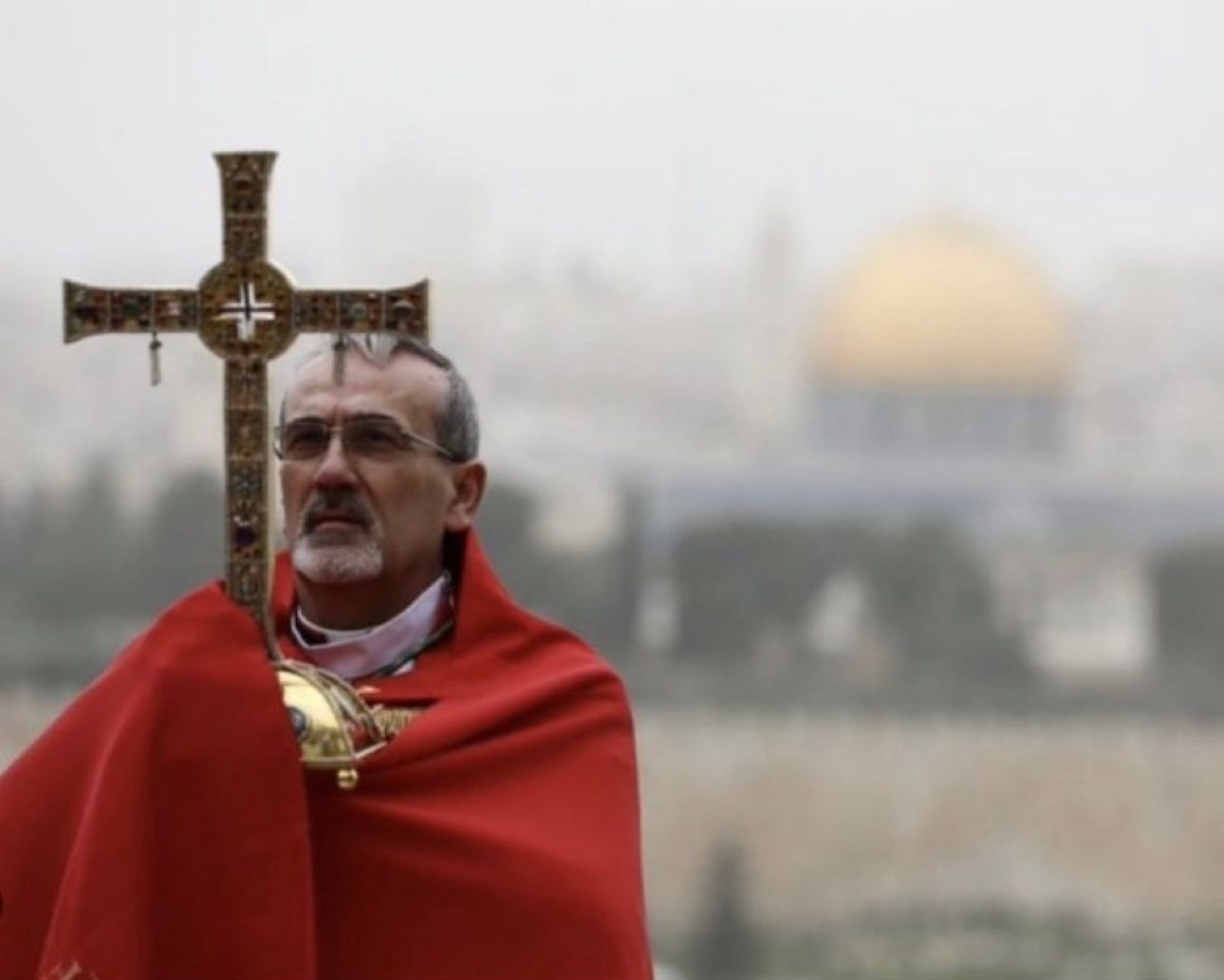Hillel Received the Divine Mysteries, and Died.
22nd July St Joseph of Palestine
ST JOSEPH OF PALESTINE (c. A.D. 356)
The Jews after the destruction of Jerusalem chose one among their chief teachers to whom they gave the title of patriarch or “prince of the captivity”. The most celebrated person who ever bore this honour was the Rabbi Hillel (who must not be confounded with the more famous Hillel of whom the Talmud speaks); he was very learned and a leading founder and ornament of their biblical school at Tiberias. This Hillel a few days before his death sent for a Christian bishop in the character of a physician, who ordered a bath to be prepared in his room, as if it had been for his health, and baptized him in it. Hillel received the divine Mysteries, and died. Joseph, one of his assistants, was witness to this secret transaction, and having always been a confidant of Hillel had the care of his son given to him (this youth was “named Judas, I think, but it is some time since I was told and so I’m not sure”, says St Epiphanius, Joseph’s biographer), together with the rabbi’s books. These included a number of Christian works, which Joseph read, and was much impressed by them. But he was by no means converted yet, though feeling from time to time a strong attraction towards Christianity. He was encouraged by the firm stand of a Christian girl against the amorous overtures of his ward Judas, who failed to seduce her even with the help of magic. One night he seemed in a dream to see Christ, and to hear from His mouth the words, “I am Jesus whom thy fathers crucified; believe in me”. He received another sign when he privately exorcised an indwelling demon in the name of our Lord, and the energumen was delivered. But still, though practically convinced, he did nothing and allowed himself to be appointed ruler of the synagogue at Tarsus. In this position he was exceedingly unhappy and excited the suspicions of the Jews, who, already dissatisfied with his conduct, found him one day reading the Gospels. They beat him and threw him into the river Cydnus. At the touch of persecution his heart was opened to grace, and he was baptized.
Constantine the Great gave Joseph the rank of comes (he is sometimes referred to as “Count Joseph”), with authority to build churches over Galilee, wherever he should judge proper, but particularly in the Jewish towns. It is said that, the Jews having employed many artifices to hinder the work and stopped his lime-kilns from burning, he, making the sign of the cross upon a vessel of water, poured it on the kilns, and the fire instantly burst forth and burned. But Joseph eventually lodged St Eusebius of Vercelli, banished by the Arians. He harboured other servants of God, among the rest St Epiphanius, who had from his own mouth the particulars here related. Joseph was then seventy years of age, and died soon after, about the year 356. It is matter for remark that, though he is mentioned in the Roman Martyrology, his name having been added by Baronius, St Joseph appears to have been venerated liturgically nowhere in the world, not even in the country of which he was so conspicuous a figure.
From Butler’s Lives of the Saints




The account of the deathbed conversion of Hillel the Younger originates with Epiphanius of Salamis (310 - 403). Hillel the Younger was the Head of the Sanhedrin (320 - 365). The veracity of the conversion story is generally contested by historians. A possible Jewish source for the conversion reported by Epiphanius, is the report in the Babylonian Talmud (Sanhedrin 99a) of a teaching of Hillel the Younger that "There will be no Messiah for Israel, as they already ate him in the days of Hezekiah", i.e. that the messianic prophecies were fulfilled by King Hezekiah. The biblical source for this minority view is presumably Isaiah 9:6, which plays on the similarity of the literal meaning of Hezekiah's theophoric name (God is Strength) and the name El Gibor (Mighty God).